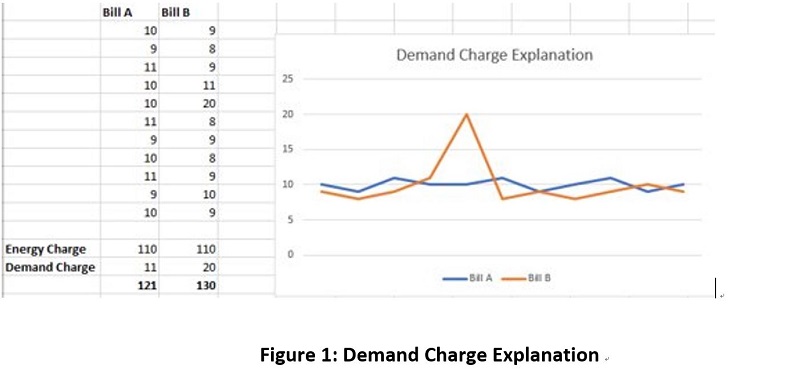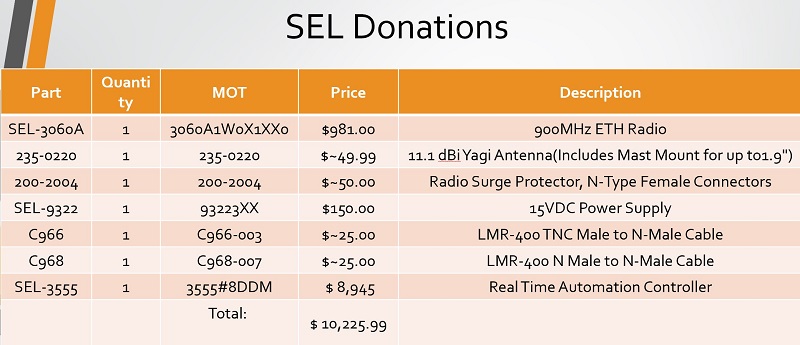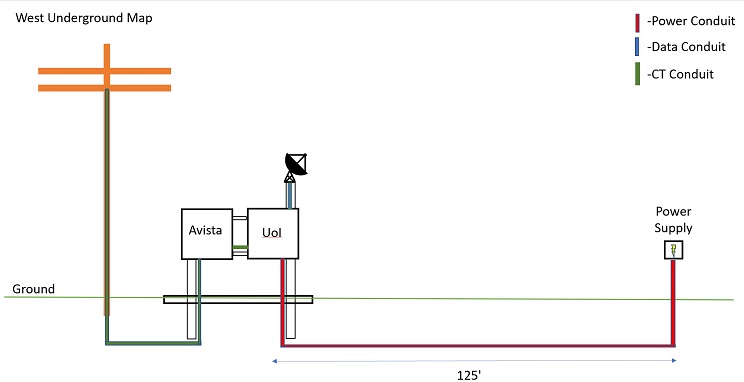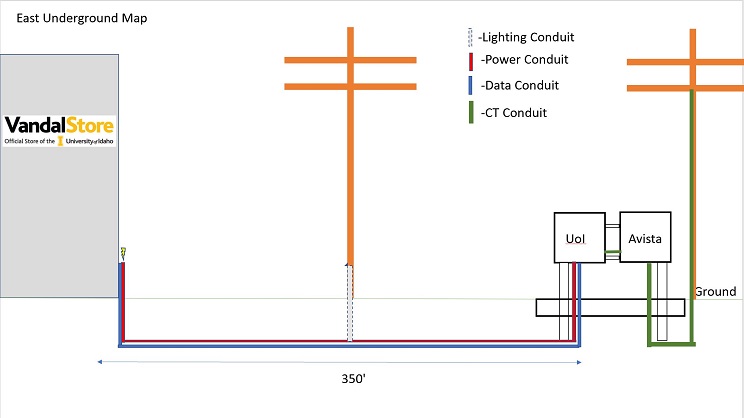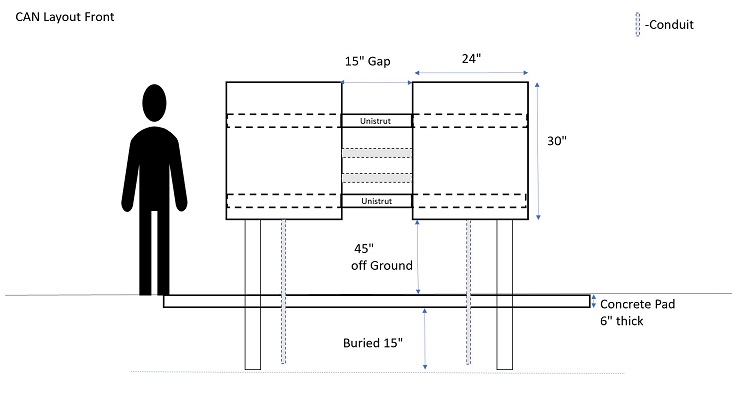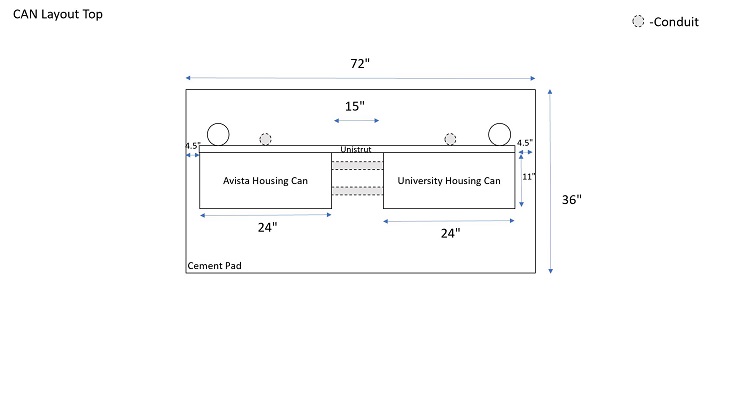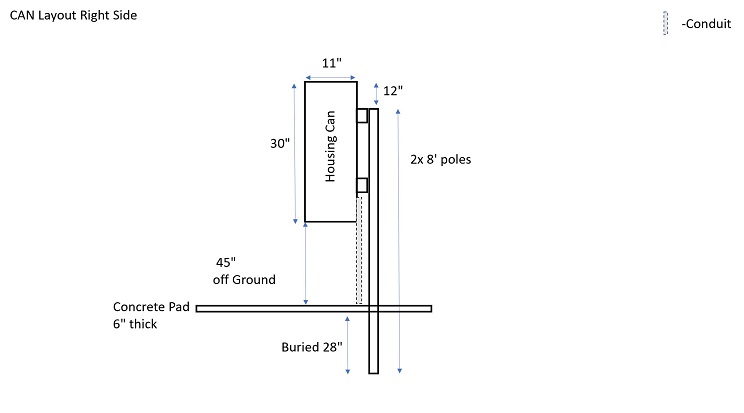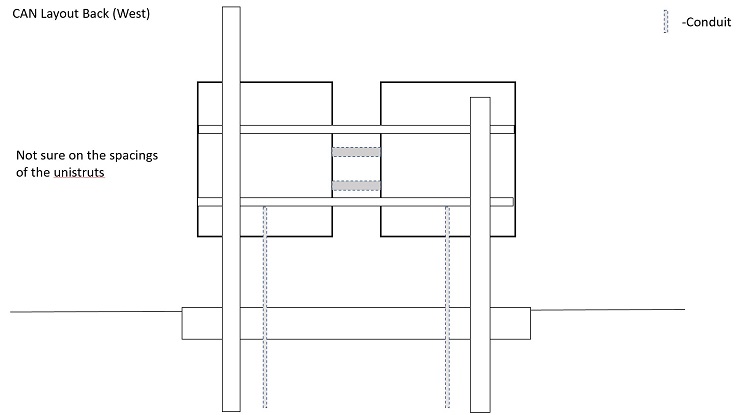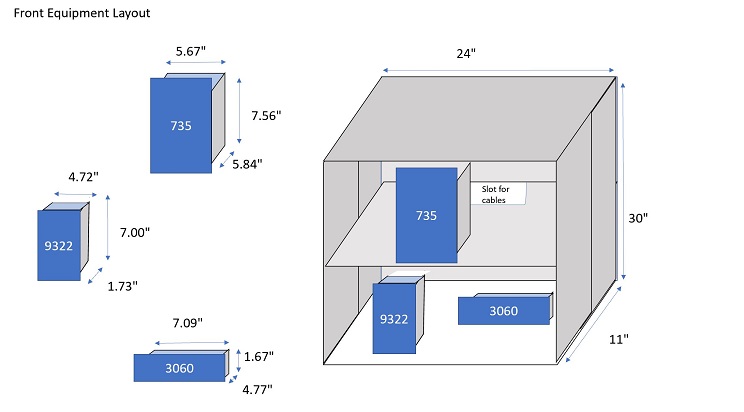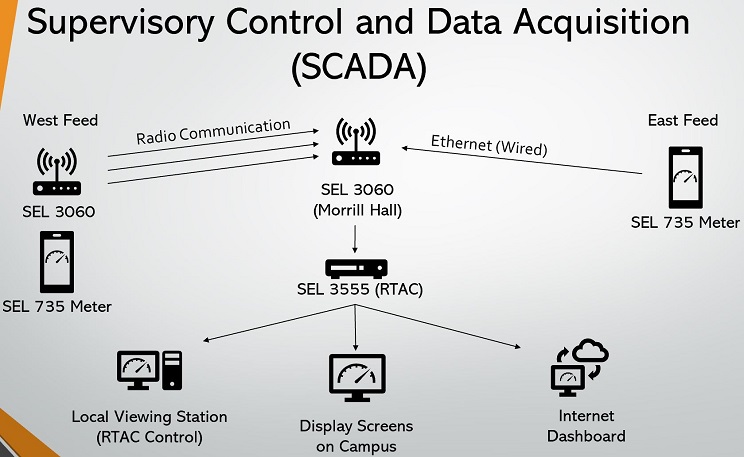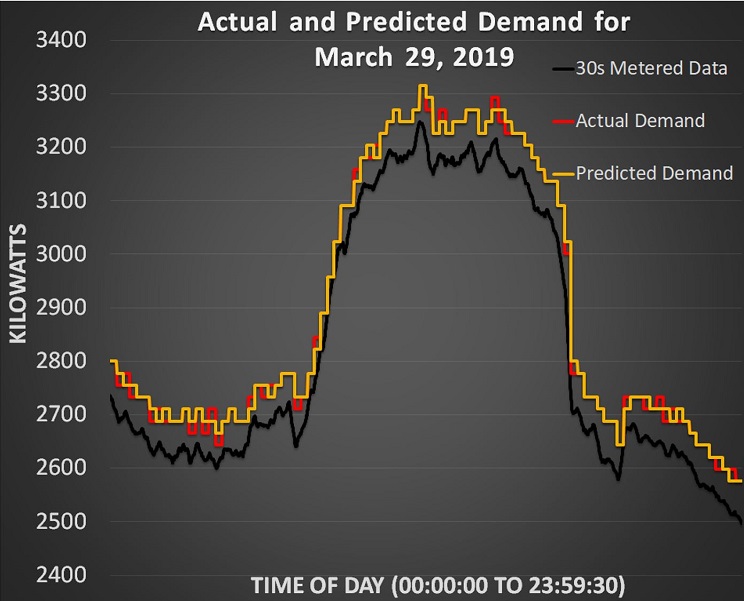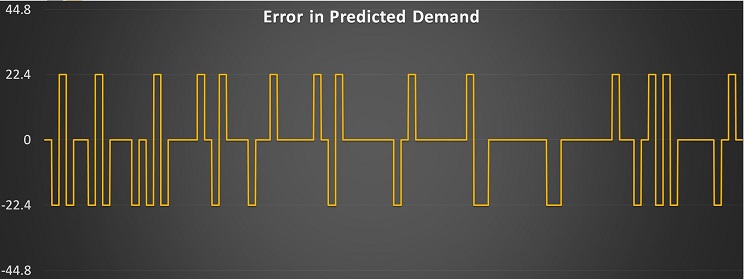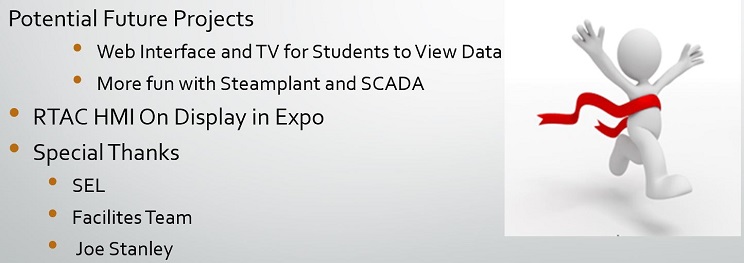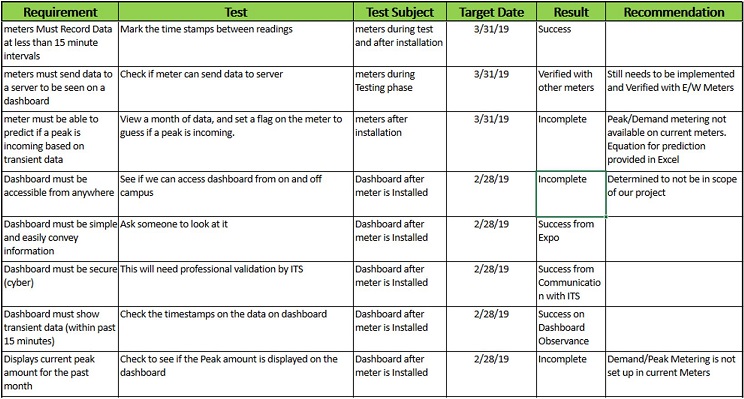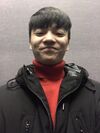University Power Measurement and Planning
| Sponsors | UI Facilities and Prof. Herb Hess
|
| Team Name | Watt's Going On? |
| Duration | Fall 2018 - Spring 2019 |
| Faculty Adviser | |
| Client | Fred Pollard
|
| Team Members |
|
The goal of the project is to aid the university in developing a way to monitor the power consumption, and to help improve on power consumption during peak demand hours.
Background[edit | edit source]
Like most commercial customers, our University is spending thousands of dollars every month for electricity. The fact is, a significant portion of our monthly energy bills is made up of what’s known as commercial electricity demand charges. In November of 2016, the demand charge bill equated to $7500. This demand charge is based on the peak amount of energy consumed in a month over a 15-minute interval. For example, Figure 1 shows two bills for the same amount of energy use, with different peaks. Since Bill B has a higher peak, it has a higher energy bill due to a higher demand charge.
The University also needs but does not have a way to measure the power flowing into the University, and only receives data after Avista sends the bill at the end of each month.
Deliverables[edit | edit source]
1: Installing meters
2: Creating the dashboard
3: Performing demand analysis to predict peak loading
Value Proposition[edit | edit source]
By looking into the University of Idaho’s historical and transient energy usage, we are to help decrease the demand charge of the university to save up to $60,000 annually. This is accomplished through the installation of SEL-735 relays to read transient power flow, analyzing this data, and researching means of avoiding new peak demands using this transient data.
Design Considerations[edit | edit source]
After meeting with ITS, Avista, and University Facilites, we have been able to finalize the equipment we are requesting for the project.
Project Learning[edit | edit source]
SEL Meter Package
Can Layout
Final Design[edit | edit source]
Future Plans[edit | edit source]
As of now, the meters on the east and west feeds are not installed due to the weather. The next piece of the project will be to install these meters once the weather clears up and the cement can dry properly. It is recommended that the settings for the meters created by the team are used in the SEL 735 meters for the east and west feeds once they are obtained either by purchase, or via donation request from a team working to support steam plant measurements of data for the turbines. This can easily be programmed using the AcSELerator Quickset Software and the provided settings. A key thing to note is that the IP addresses must match the ones provided by ITS shown below.
East Feed Meter IP address: 172.30.71.232
West Feed Meter IP address: 172.30.71.233
West Feed SEL 3060 IP address: 172.30.71.234
The SEL 3060 need only be plugged into the SEL 735 on the west feed, and the Antenna needs to be mounted pointing towards Morrill Hall. If any of these connections are not working, it will be best to contact University ITS.
If any future SEL 3060’s are going to be used in connection with Morrill Hall, the Morrill Hall SEL 3060 needs to be adjusted to account for the extra node in the network. The SEL 3060 can handle up to 64 nodes. The newly added SEL 3060 must also match the network name and encryption key, which can be provided through ITS.
Regarding the RTAC (SEL 3555) installed in facilities, this will need to be used by anyone who wants to add another meter to the University SCADA system. To do this, one needs to install SEL RTAC and SEL Diagram Builder to change and update the HMI. It is recommended that first the user should download the existing settings and HMI before creating their own. It will be better to adapt the current one, rather than start from scratch.
Design Validation[edit | edit source]
Team Members[edit | edit source]
| Daniel Allen
Major: Engineering
| |
| Jordan Chapman
Major: Engineering
| |
| Meng Liu
Major: Engineering
| |
| Zhenyu Tang
Major: Engineering
| |
| Yang Ge
Major: Engineering
|
Additional Documentation[edit | edit source]
Project Schedule
Team Contract
Budget
Meeting Minutes
Presentations
Design Review 2(Engineering Release Review)
Client Interview

